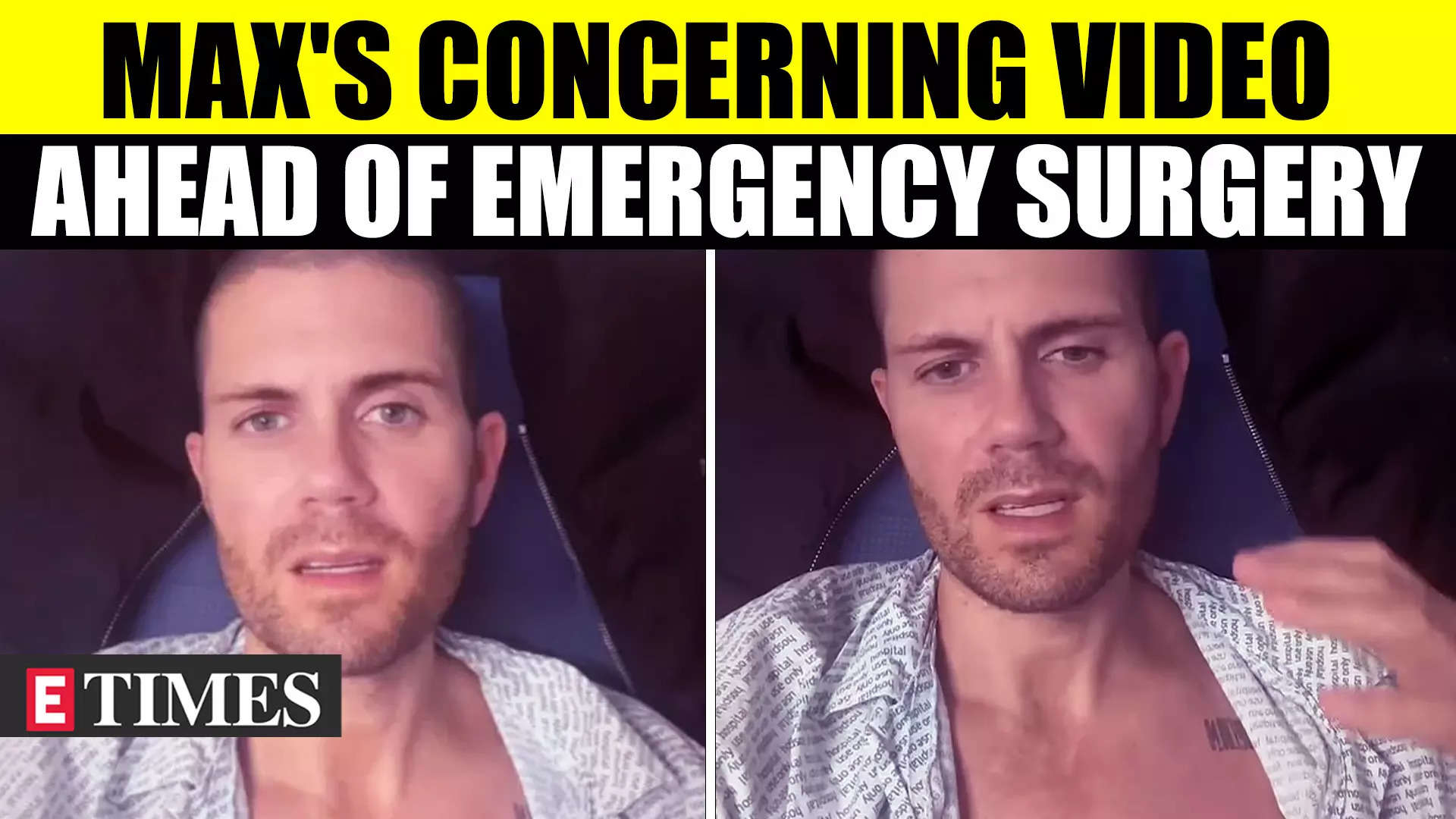‘Everyone … is malnourished’
Ana Jeelani, an orthopedic surgeon in Liverpool, first went to Gaza in March via the Rafah Crossing with Egypt. During her first trip, Rafah was crowded, its population swollen by Palestinians displaced from other parts of the Gaza Strip. “There were lights, there were buildings, there was life. I saw children on a little swing outside,” Jeelani recalls.
On her return in September, there was little remaining of the town she said. “I didn’t even recognize Rafah. It was silent … it was just a lot of rubble, a lot of dust, there were no people.”
Jeelani spent her second mission at Nasser Hospital from Sep. 13 to Oct. 8, working alongside Qureshi. Like all of the doctors POLITICO spoke to, she said basic necessities — even sterile gloves, gauzes, gowns — were unavailable. Israel has starved Gaza’s health system of basic health supplies, they said. All four health workers said they were under tight restrictions on what they could take and were allowed to bring only enough food and supplies — even soap — for personal use.
Israel’s office for the Coordination of Government Activities in the Territories (COGAT) told POLITICO it was “false” to claim Israel restricted medical aid and that 27,257 metric tons of medical equipment had entered Gaza since the war began. COGAT also said it allowed the entry of “dual-use equipment” pending security approval. U.N. agencies, nongovernmental organizations, and Israel’s allies such as the U.K. state, however, that Gaza faces critical shortages of medical supplies while growing numbers of aid trucks are refused entry.
Nizam Mamode, a London-based transplant surgeon, worked at Nasser Hospital from Aug. 13 to Sep. 10. Mamode described the scene inside the hospital as “beyond comprehension;” the staff overwhelmed by one to two mass-casualty incidents a day. Little around the site is left standing, he said. There’s a school next door sheltering thousands of displaced people. “Every time I hear of a school that’s been bombed, I just hope it’s not that school,” Mamode said.
Schools, like other types of civilian infrastructure, are frequent Israeli targets, the U.N. says. UNICEF estimated in August that more than 76 percent of schools in Gaza required full or near-total reconstruction. Israel consistently says it has to target schools because Hamas uses them as hubs and command centers — a claim denied by Hamas.







